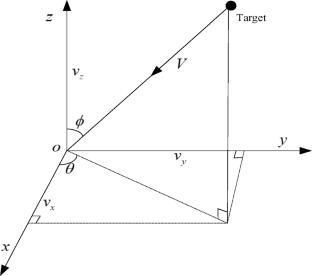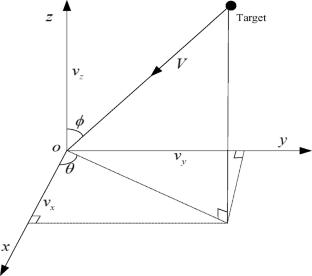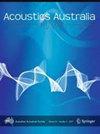A High Precision Direction-Finding Algorithm for Low-Noise Target Based on Single Vector Hydrophone
Abstract
Given the energy and size constraints of small and micro underwater unmanned platforms, along with the limited space gain available for acoustic systems and the challenge of detecting low-noise targets autonomously, this study introduces an improved histogram algorithm that relies on a single vector hydrophone. Additionally, a novel azimuth-based constant false alarm rate target autonomous detection method is developed to enhance the performance of target direction-finding and autonomous detection in scenarios characterized by low signal-to-noise ratio (SNR). Simulation results demonstrate that the modified histogram algorithm exhibits a narrower beamwidth and improved direction-finding accuracy. The SNR of −10 dB corresponds to a −3 dB beamwidth of 14° and direction-finding errors of 2.3°. Achieving a target autonomous detection probability of 100% simply requires an SNR of −16 dB. Experimental results in an anechoic pool show that the ameliorative histogram algorithm can effectively perform direction-finding and independent detection of sound sources at an SNR of −13 dB, with an average direction-finding error of approximately 4.8°. Sea testing data processing indicates that the improved histogram algorithm outperforms its predecessor in target direction-finding performance and enhances detection distance by approximately 2 times, validating the efficacy of the enhancement.



 求助内容:
求助内容: 应助结果提醒方式:
应助结果提醒方式:


